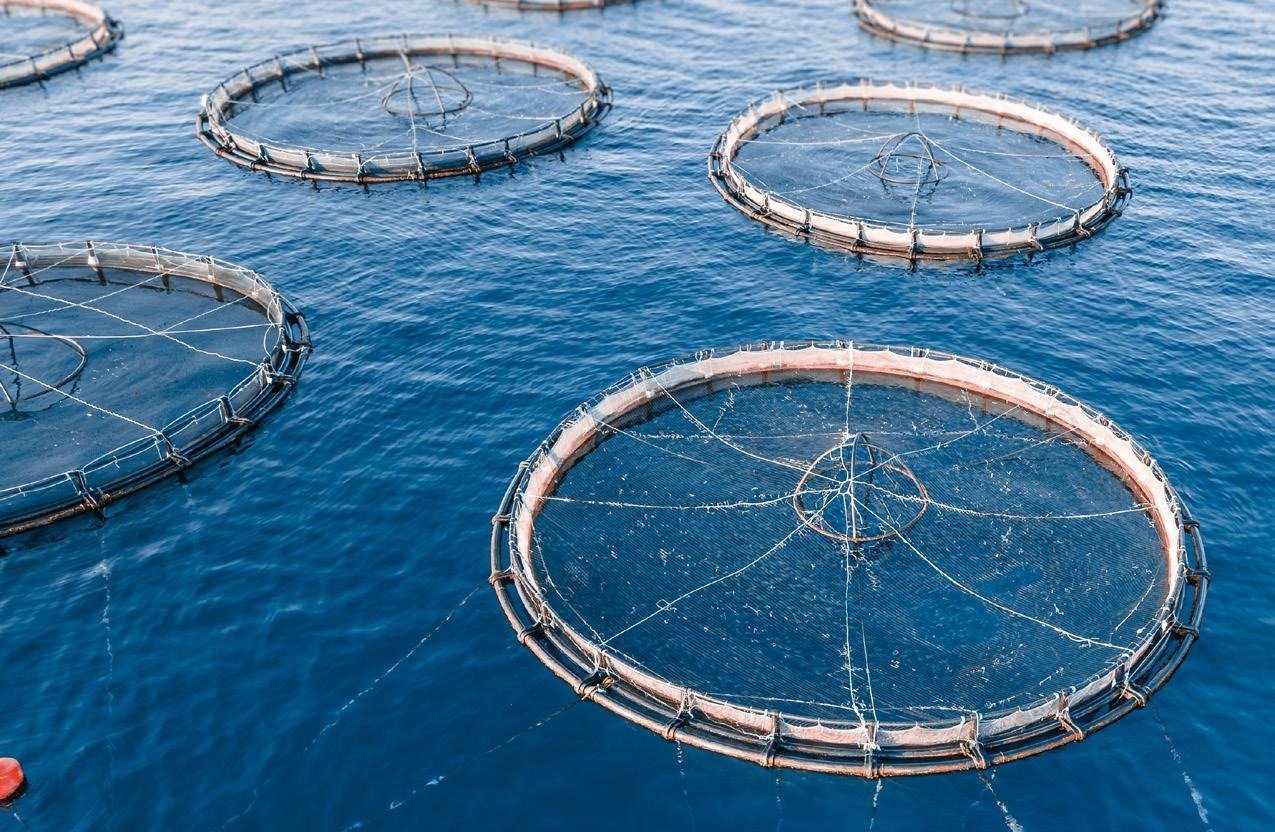Wednesday, 3 December 2025

In a bold step toward reshaping India’s marine economy, the ICAR–Central Marine Fisheries Research Institute (CMFRI) has set an ambitious goal of achieving 2.5 million tonnes of mariculture production by 2047, up from the current 1.5 lakh tonnes. The move marks a strategic shift from capture to culture, positioning mariculture as the next frontier in India’s seafood revolution.
Announcing the target at a national training programme for fish farmers under the Pradhan Mantri Dhan Dhanya Krishi Yojana (PMDDKY), CMFRI Director Dr. Grinson George said, “Mariculture is the next big thing in India’s marine fisheries sector. Technologies such as cage culture and Integrated Multi-Trophic Aquaculture (IMTA) offer scalable solutions to enhance marine fish output.”
India currently produces around 3.5 million tonnes annually from marine capture fisheries, but declining resources and climate stress are driving the need for alternative production systems. CMFRI has already developed several mariculture technologies tailored to Indian coastal conditions, enhancing both productivity and fisher livelihoods.
Dr. George highlighted seaweed farming as a critical growth area. Despite global production exceeding 35.5 million tonnes, India’s output remains minimal. “We can achieve at least 5 million tonnes of domestic seaweed production to meet industrial and nutraceutical demand,” he said, adding that India’s coastal geography and scientific expertise position it to emerge as a global mariculture hub.
Calling for a dedicated national mariculture policy and a supportive legal framework, Dr. George emphasized that adopting modern technologies, sustainable practices, and private investment could transform coastal livelihoods and make mariculture a pillar of India’s Blue Economy Vision 2047.